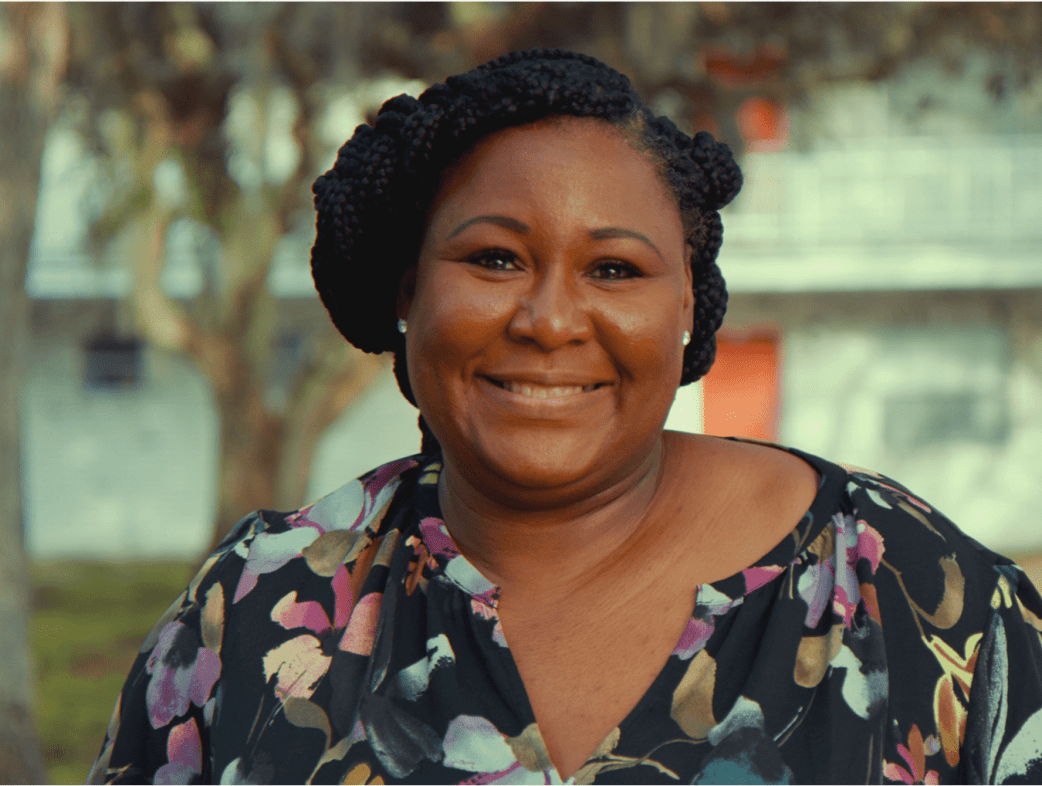What Are Some Difficult Driving Laws in Brooklyn?
350 Fifth Avenue, Suite 6705
New York, NY 10118
- The Fee Is Free Unless You Win®.
- America's Largest Injury Law Firm™
- Protecting Families Since 1988
- 25 Billion+ Won
- 1,000+ Lawyers Nationwide
Free Case Evaluation

Difficult Driving Laws in Brooklyn
There’s no doubt about it. Brooklyn is an epic place to be. Whether you live there or like to visit, the borough has tons of cool bars, verdant parks, flea market gold mines, and more.
The one thing that’s not great about Brooklyn? The driving.
In less than 70 square miles, there are more than 2.5 million residents. Naturally, this makes the streets congested and difficult to navigate. What’s more, there are a number of difficult driving laws that make life even harder for drivers.
While we can’t do much about the heavy traffic, we can help you become more informed about the difficult driving laws in Brooklyn.
At Morgan & Morgan, we know that informed drivers make better decisions on the road and are better able to avoid a collision. If you’ve been involved in an accident in Brooklyn, reach out to our experienced legal team to schedule a free case consultation using our convenient online form.
Tips for Driving in Brooklyn
Before we get into the legal intricacies of driving in Brooklyn, let’s talk about some practical advice for local drivers.
Most people will tell you to avoid driving in the borough entirely. But if you’re adamant about driving, here’s some advice to make the experience as stress-free as possible:
Obey the Rules of the Road
Because New York is perpetually busy, the laws there may be a bit different than what you’re used to. For example, you are not allowed to make a right turn at a red light—under any circumstances. What’s more, many intersections don’t allow left-hand turns either. And that’s just the tip of the iceberg. Here are a few other rules to know:
- Talking on the phone and texting are both illegal
- Unnecessary honking is illegal
- Creeping into the middle of an intersection while you wait to turn is illegal
Of course, not all of these laws are heavily enforced. But if you want to avoid a hefty fine, it’s best to be aware.
Be Careful Where You Park
Another big issue for drivers in Brooklyn is finding a parking spot. Here are a few things you should know about parking:
- Stay fifteen feet away from fire hydrants
- Stay fifteen feet away from crosswalks
- Obey all parking signs that indicate when parking is allowed
Your best bet is to pay for a parking garage, rather than risk a ticket on the street. But keep in mind that doing so can be quite expensive.
Understand Where You’re Going Before You Leave
When you’re driving in New York, there’s always more than one way to get to your destination. To avoid any problems, it’s best to have your route mapped out before you leave—especially if you plan to leave the borough.
As you travel, chances are high that you will need to use a few of the area’s many tunnels and bridges. Keep in mind that these landmarks are frequently undergoing name changes, so signs may be out of date or inaccurate. Do your research before you hit the road.
How to Get a New York State Driver’s License
Of course, we can’t talk about driving laws in Brooklyn without mentioning the main requirement: a valid driver’s license. We don’t need to tell you that driving without one can land you in a world of trouble. So if you need to get a license in the State of New York, here’s how:
1. Figure Out Which Type of License You Need
In New York, there are a few different options: a standard license, an enhanced ID, and a REAL ID. With each license, you have the option to get one of the following classifications:
- D (Operator)
- A, B, C (Commercial)
- M (Motorcycle)
- E (Taxi or Livery)
The average driver will need a class D license. As for whether you need a standard, enhanced, or REAL ID, we recommend either an enhanced or REAL license. With those, you’ll be able to use the ID for federal purposes, like boarding a domestic flight.
2. Obtain Your Learner’s Permit
Before you can apply for a valid license, you must visit the DMV to obtain your learner’s permit. This step requires you to take and pass a written exam which you can prepare for by studying the New York State Driver’s Manual.
3. Prepare for the Road Test
Before you take the road test, you must log a significant number of hours behind the wheel, under the supervision of a licensed driver. You must also take a pre-licensing course.
4. Pass the Road Test
The final step is to take and pass the road test. If you pass, you can print off a temporary license that will remain valid until you obtain your actual license. Usually, it takes two weeks for the license card to arrive in the mail.
Some of the More Difficult Driving Laws in Brooklyn
We’ve covered some of the basic Brooklyn rules of the road. But anyone who has ever had a parking ticket in New York knows that the system can get much more complicated than that.
To make sure you’re fully informed, we’ve outlined a few more laws you need to know about. As always, make sure to reach out to our office if you have any questions about driving laws in Brooklyn.
The License Points System
In New York, every possible infraction is awarded a number of “points” that build up over time. If you accrue more than six points in 18 months, you must pay a fee. If you accrue more than 11 points in that same amount of time, the state may suspend or revoke your license.
- Some examples of the point system include:
- Failing to dim headlights (2 points)
- Running a red light (3 points)
- Overtaking a bicycle (3 points)
- Tailgating (4 points)
- Failing to stop for a school bus (5 points)
- Traveling up to 10 mph over the speed limit (3 points)
- Traveling up to 20 mph over the speed limit (4 points)
- Traveling up to 30 mph over the speed limit (6 points)
- Traveling up to 40 mph over the speed limit (8 points)
- Traveling more than 40 mph over the speed limit (11 points)
There are just a few examples of the infractions that can lead to points on your license. Being aware of the risks may help you avoid illegal behavior and the penalty of having your license suspended.
The Graduated License Law
To get a New York license, you must be at least 16 years old. However, there are restrictions to the licenses of people under 18 years of age. The driving privileges of these “graduated licenses” depend on which area of the state you reside in. In most regions, a person in the age group may only drive under the supervision of a licensed adult.
What’s more, if you are under 16 and visiting from another state (from which you have a valid driver’s license) you cannot drive in the state of New York. So if you have a trip planned and are under 16, plan to use a taxi or rideshare.
Parking Laws in New York
We mentioned a few basic parking laws in New York. Here is a more detailed overview of what is and isn’t acceptable.
In Brooklyn, you will see three different sign types related to parking. The first says, “No Parking,” which indicates that you cannot park in the area, although temporary stops to allow loading and unloading are acceptable.
The second sign type says, “No Standing” which means you can’t park but can temporarily load and unload passengers (no merchandise or equipment.) And the third sign type says, “No Stopping,” which means that both parking and temporary stopping are prohibited.
Once you understand the various parking signs, it’s much easier to obey parking laws in Brooklyn. Just make sure you put that knowledge to good use. As difficult as the laws can be, they are meant to ensure public safety.
How it works
It's easy to get started.
The Fee Is Free®. Only pay if we win.
Results may vary depending on your particular facts and legal circumstances.
Step 1
Submit
your claimWith a free case evaluation, submitting your case is easy with Morgan & Morgan.
Step 2
We take
actionOur dedicated team gets to work investigating your claim.
Step 3
We fight
for youIf we take on the case, our team fights to get you the results you deserve.
In Their Words
Real clients share their experience.
Based on select nationwide reviews.
Get answers to commonly asked questions about our legal services and learn how we may assist you with your case.
Is Driving in Brooklyn Dangerous?
New York drivers are notoriously aggressive, but that doesn’t mean driving in Brooklyn is inherently dangerous. As long as you do your best to become familiar with and obey the rules of the road, you should be able to travel safely. In fact, the city’s Vision Zero plan seems to be reducing the number of traffic fatalities in the area.
Who Can Legally Drive in New York?
If you skimmed over the sections above, here’s the short answer: you must be 16 to apply for a driver’s license in New York. And if you are under 18, you must follow the state’s Graduated License Law. Anyone with a valid driver’s license from another state or country may also drive on NY roads, so long as you are at least 16.
When Should I Hire an Attorney After a Collision?
If you do end up in an unexpected collision, you may wonder whether you need an attorney. Generally, it’s wise to hire a lawyer any time the damages or injuries are severe. Remember, an experienced lawyer can help you negotiate with insurance to receive a fair claim.
How Much Will My First Consultation Cost?
At Morgan & Morgan, the first consultation is free! What’s more, you won’t have to pay us anything until the case is settled or won.
Call Morgan & Morgan After a Collision
If you have an issue with the difficult driving laws in Brooklyn, call our office. We can help you navigate the complicated legalities. Because we know that legal expenses are the last thing you want to worry about in a difficult time, we also offer free case evaluations.
At Morgan & Morgan, we’ve won more than $25 billion for our clients. You can trust us to take your case seriously and pursue the maximum compensation you deserve.
Schedule a free case evaluation today using our convenient online form.


